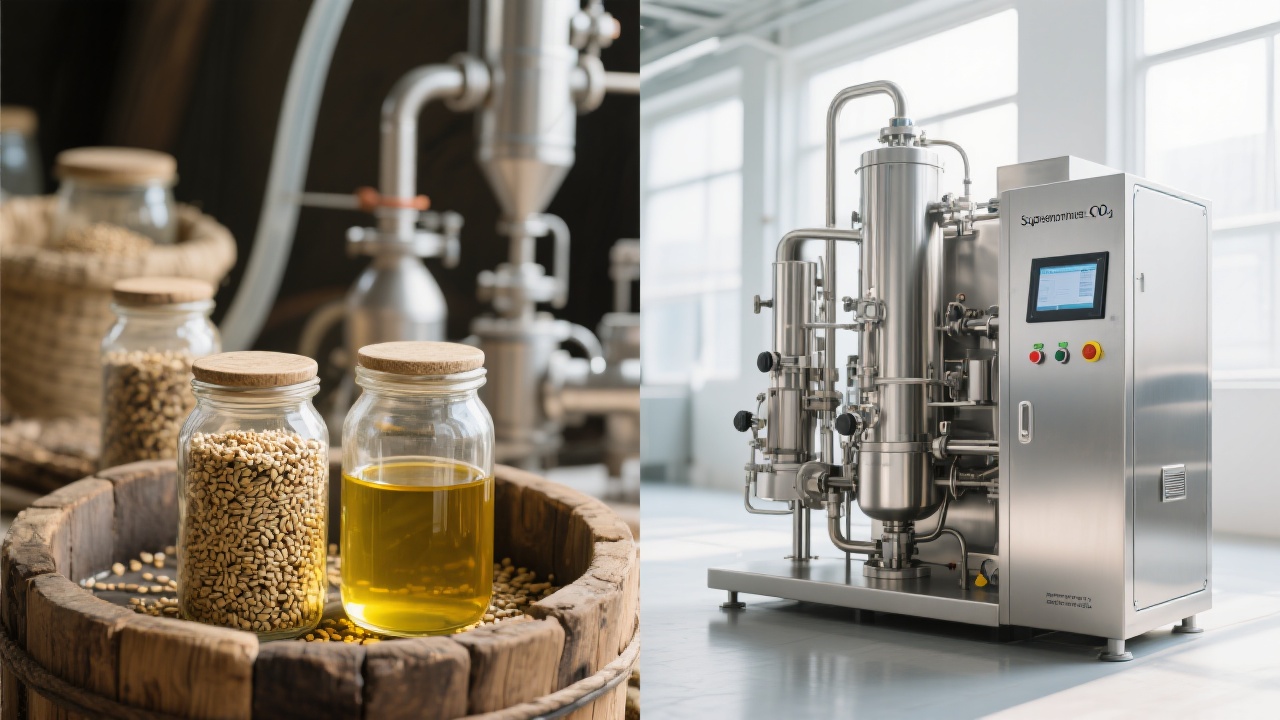
In the rice bran oil extraction process, extrusion equipment is not just a step—it’s the engine that unlocks oil yield. In my 18 years working with mills across Southeast Asia, South America, and Europe, I’ve seen how improper settings can reduce output by up to 15%—even when raw material quality is high.
The core principle is simple: apply controlled heat, pressure, and moisture to rupture cell walls in rice bran, making oils more accessible. The typical extrusion chamber operates between 120–160°C, with pressures ranging from 4–8 MPa. But here's what most suppliers don’t tell you: if moisture content isn't precisely managed (ideally 10–14%), you risk either under-extrusion or over-cooking—which damages oil quality and increases energy use.
| Parameter | Optimal Range | Impact on Output |
|---|---|---|
| Temperature | 130–150°C | ↑ 5% oil recovery per 10°C increase (up to 150°C) |
| Pressure | 5–7 MPa | Excessive pressure causes fiber degradation → lower clarity |
| Moisture Content | 10–14% | Below 10% = poor expansion; above 15% = clogging risk |
Many buyers choose based on price alone—but stainless steel vs. carbon steel matters. For example, a client in Malaysia switched from carbon steel to AISI 304 for their extruder barrel. Result? A 22% drop in maintenance downtime over 12 months. Why? Better corrosion resistance in humid environments where rice bran has high fatty acid content.
Also, twin-screw designs outperform single-screw systems in consistency—especially for low-moisture bran. One Brazilian mill reported a 12% higher throughput after upgrading to a co-rotating twin-screw model.

A common mistake: ignoring pre-conditioning steps like drying or conditioning before extrusion. At a plant in Vietnam, we found that adding a 1-hour pre-heating stage reduced energy consumption by 8% while improving oil clarity. Why? Less thermal shock means less stress on both equipment and product.
Another tip: regularly calibrate your moisture sensor. A German customer once lost 3 weeks of production because they assumed their old sensor was still accurate—and ended up with inconsistent outputs.
Today’s trend is smart extruders with IoT integration. Some models now auto-adjust pressure based on real-time feed flow rate—a feature that helped a Thai mill cut fuel costs by 17% annually. And yes, these upgrades align with global ESG goals: reducing CO₂ emissions per ton of oil produced by up to 12%.
If you're serious about boosting yield, cutting waste, and staying competitive, it's time to move beyond basic specs and focus on intelligent optimization.
Get Your Free Extrusion Optimization Checklist + Case Studies
